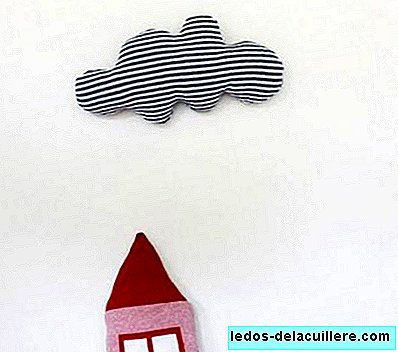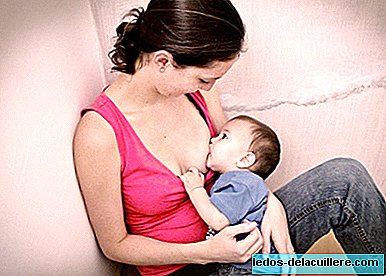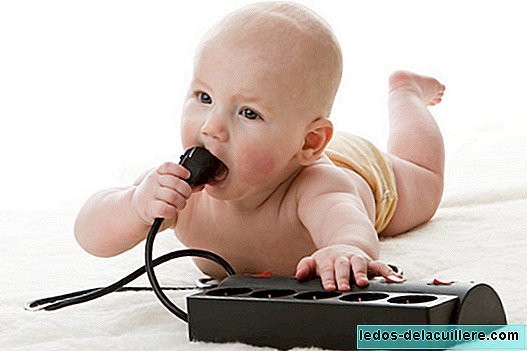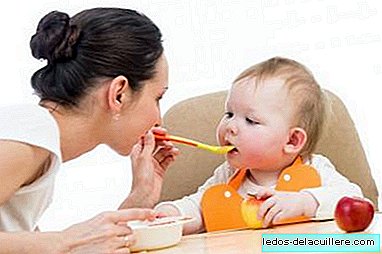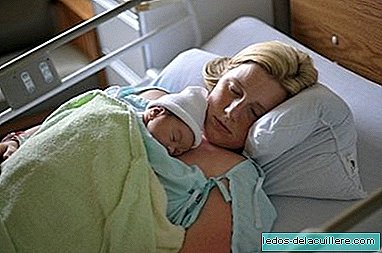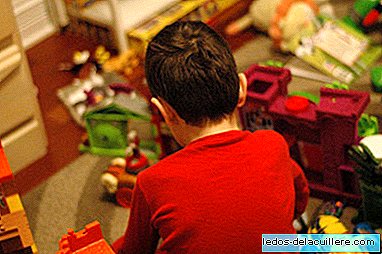
Every year Some 52,000 children under 14 years of age living in the 28 countries of the European Union suffer serious injuries related to the use of toys and require a visit to the ER. Children are at risk when the products have design defects, or when there are broken parts (even when any of these are missing); Dangerous situations are also generated when the object itself is not used for the purpose of the manufacturer.
The Spanish Association of Pediatrics, and the Spanish Association of Primary Care Pediatrics, are collaborating with the European Alliance for Child Safety, an entity that has just launched the 'Safe Products Guide for Children: potentially dangerous products'. It is a guide that covers a wide variety of articles aimed at children, such as bunk beds, highchairs for babies, soccer goals, firecrackers and the like, or children's jewelry. As you can see, we are not only talking about safe toys, but I understand that at the moment, it is the section that we should highlight. But it is clear that the prevention of childhood accidents is in the hands of adults, who sometimes have a very partial view of the matter.
For example, we prohibit them from going down the stair railing, but we buy them flares without reading the age at which they are recommended, or we insist on the use of a bicycle helmet, but then we make mistakes regarding the safety seats of the car.
And returning to toys, the European Rapid Alert Commission (RAPEX) system has made it possible to determine that (for example) in the United Kingdom there are more than 5500 injuries related to rocking horses or cars every year; or that soft toys such as stuffed animals, dolls, or action figures can cause more than 1500 wounded each year, and those that fire objects (guns, bows, catapults) cause more than 1000 annual accidents
I have commented above that injuries associated with improper use of toys occur, but it is also true that sometimes, the mere fact of tripping over them (they are on the stairs or in passageways), can be cause of accident.
It is also true that not always parents (or caregivers) pay attention to the age range indicated; and finally, these general recommendations should be completed with the indication that loose magnets, and button batteries, are very dangerous if ingested.
Before buying or using:
We will never tire of repeating that you look for the CE marking; The objectives of the corresponding European directive, apply to products designed or intended to be used as toys or games for children under 14 years.
Most toys have an indicated age range, and this should generally be respected, especially when it comes to the indication of non-adequacy in children under 36 months.

Any toy for a child under three years of age can become a choking hazard if the pieces are separated or broken.
Toys intended for children under eight years of age should not contain glass parts or metal edges.
Any toy for a child under three years of age can become a choking hazard if the pieces are separated or broken.
If the toy has paints, varnishes or other coatings make sure it is non-toxic, free of lead and phthalates and designed for use with children.
If the toy has chains or straps, make sure they are not long enough to fit around the neck at risk of strangulation.
There are toys with moving parts in which we can verify that the fingers will not be trapped by the mechanism.
As you can see the danger (potential) of toys does not end at 36 months, because children are still a few years older, and therefore very vulnerable. The question is whether we decide to get involved in offering our children a safe childhood.
Images | spablab, Bradley Gordon Via | AEPED More information | Child Products Safety Guide On Peques and More | Recommendations for the purchase of 'safe' toys, Hazardous chemicals have already been banned in the manufacture of toys



